Need a Design Superhero?
Connect with our Expert Interior Designers! hello.你好もしもし.hola.
GURGAON
Find Us
C2- 23A 3RD FLOOR, Block C2,
Sushant Lok Phase I, Sector 43,
Gurugram, Haryana 122002
Need a Design Superhero?
Connect with our Expert Interior Designers! hello.你好もしもし.hola.
GURGAON
Find Us
C2- 23A 3RD FLOOR, Block C2,
Sushant Lok Phase I, Sector 43,
Gurugram, Haryana 122002
July 7th, 2025
Luxury is a state of mind, a philosophy of living that transcends the size of one’s property. It’s about embracing a sense of style that exudes opulence and sophistication. Even the smallest spaces can be transformed into havens of elegance with high-end interior design.
In Indian homes, luxury interior design represents a perfect blend of cultural heritage and contemporary aesthetics, creating spaces of exceptional beauty and comfort. By thoughtfully incorporating materials, colors, and textures, homeowners can create an opulent atmosphere that reflects their personal style.
This comprehensive guide will explore the essential elements that define luxury interior design in the Indian context, providing insights into creating spaces that are both impressive and comfortable.
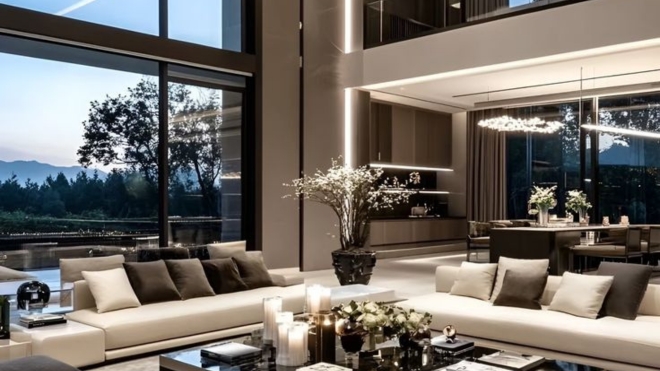
Luxury home interior design is an art form that balances opulence with authenticity, creating spaces that reflect the true essence of their inhabitants. The question is, how do you wish to express opulence? Some luxurious designs dazzle with ornate details, plush fabrics, and bold patterns, creating spaces that insist on attention.
Quiet luxury, on the other hand, cultivates an understated richness emphasizing craftsmanship and high-quality materials. It’s the touch of a custom chair rather than the gleam of gold trim. The key is to decide which approach speaks more profoundly to your sense of elegance.
In modern Indian homes, luxury interior design is not just about opulence; it’s about creating a space that resonates with the occupants. Successful luxury interiors often draw inspiration from India’s rich design heritage while incorporating contemporary elements that reflect modern lifestyles and preferences.

Creating authentic luxury in Indian homes requires finding the perfect balance between opulent design elements and personal authenticity.
The most compelling opulent spaces maintain a sense of restraint and purpose, avoiding the common pitfall of overcrowding with luxury signifiers that can diminish the overall impact.
Creating a luxurious interior design for Indian spaces involves a deep understanding of the cultural heritage and a keen eye for detail. Luxury interior design style requires bringing out some glitz, starting with a layout that is functional as much as aesthetical.

Luxury interior design in India emphasizes the use of high-quality materials and exceptional craftsmanship.
The use of shiny metal accents like gold, silver, brass, or copper can emphasize a room’s appeal and fit well with every style, especially when combined with fabrics like velvet and silk.
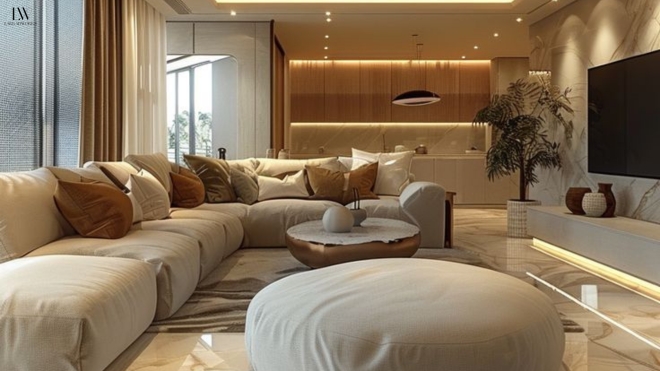
Achieving spatial harmony and proportions is crucial in luxury interior design.
It involves creating a balance between different elements in the room, ensuring that the space feels neither too cluttered nor too sparse. This balance is key to creating a sense of opulence and sophistication.

The devil is in the details, and each element has to be curated with care. Finishing touches might include hand-carved moldings, custom hardware in precious metals, precisely tailored upholstery, and perfectly aligned patterns. The layering of subtle details creates depth and interest in luxury interiors.
The distinguishing factor in luxury interior design often lies in the meticulous attention to detail that elevates ordinary spaces to extraordinary experiences. Luxury design for Indian spaces often incorporates traditional detailing techniques like jaali work, thikri mirror mosaics, or intricate inlay that reference cultural heritage while adding visual richness.
The essence of luxury interior design lies in the opulent materials and textures that adorn Indian homes. These elements not only reflect the rich cultural heritage of India but also add a touch of grandeur and sophistication to the living spaces.
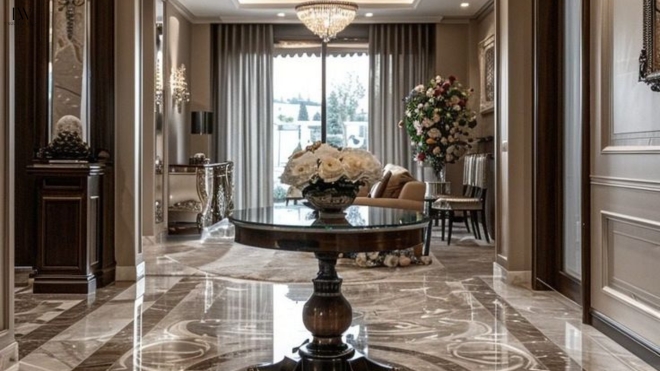
Luxury marble flooring is a staple in high-end Indian homes, adding a sense of opulence and elegance. The intricate patterns and veining in marble make it a sought-after material for flooring and countertops.
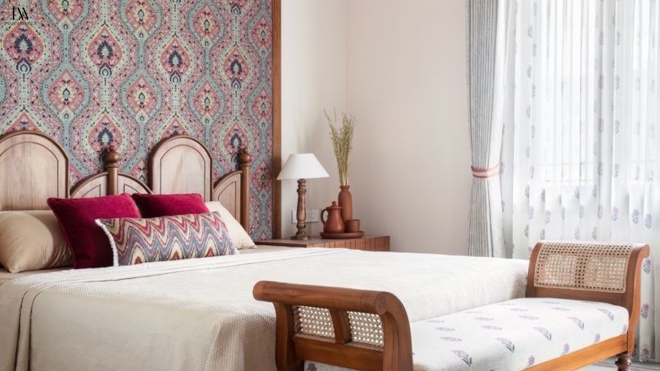
Luxury Indian textiles, such as silk and velvet, are used extensively in home decor to add warmth and texture. Traditional Indian fabrics like Banarasi silk and Kanchipuram are highly prized for their intricate designs and rich feel.
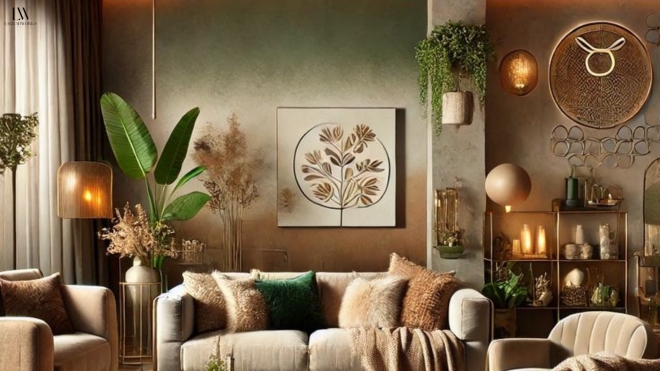
Metallic accents like gold, brass, and silver are used to add a touch of luxury to Indian interiors. Brass, in particular, has emerged as a favored material, offering the warmth of gold with greater durability.
The strategic use of these opulent materials and textures creates a cohesive and luxurious atmosphere in Indian homes. By balancing these elements, luxury interior designers can craft spaces that are both opulent and inviting.
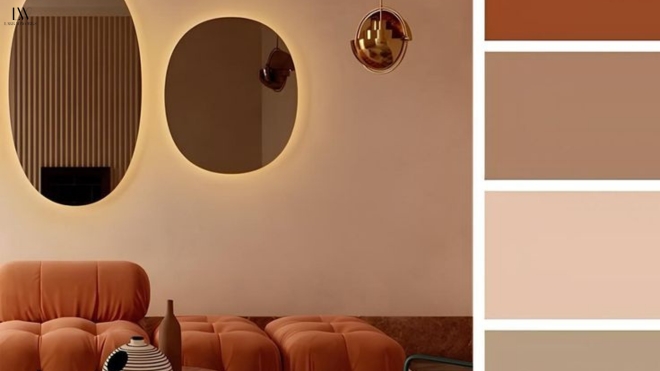
In the realm of luxury Indian interiors, color palettes are not just a design element but a statement of grandeur and elegance. The strategic selection of colors plays a pivotal role in creating an ambiance of opulence and sophistication.
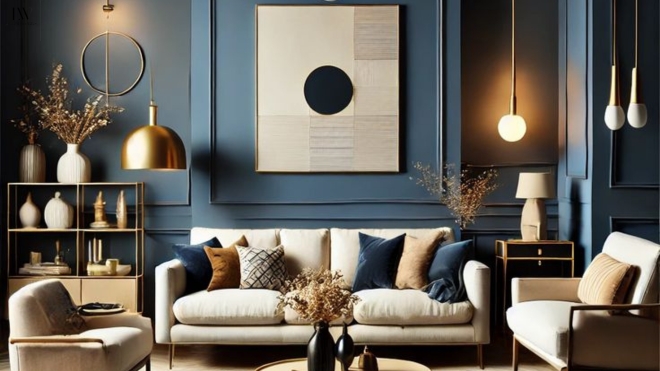
Royal colors such as deep blues, purples, and reds have historically been associated with luxury and opulence in Indian culture.
These rich hues are often used in luxury interior design to create dramatic effects and add depth to a room. For instance, a deep blue or purple can be used as an accent wall or in upholstery to add a regal touch.
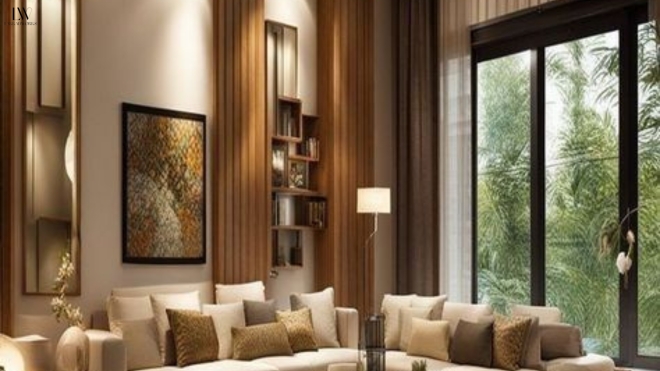
Sophisticated neutral palettes provide a refined foundation for luxury Indian interiors. The use of complex neutrals with subtle undertones creates sophisticated environments. Neutral backgrounds often showcase traditional elements like intricate woodwork or heritage artifacts.
The strategic introduction of opulent accents against neutral backgrounds creates moments of controlled drama in luxury interiors.
Creating a luxurious Indian home involves more than just selecting high-end materials; it’s about incorporating statement pieces that tell a story. These elements not only elevate the aesthetic appeal but also infuse the space with character and history.
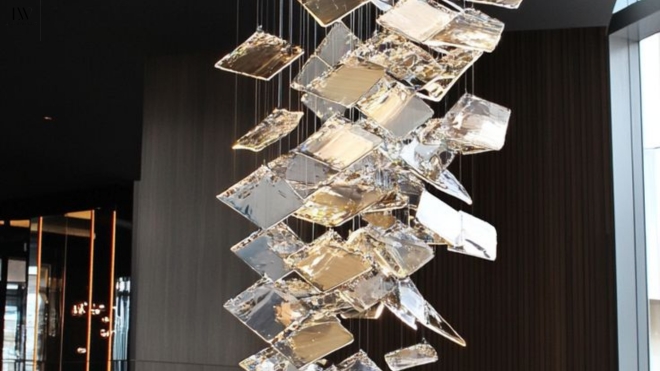
Lighting fixtures, especially chandeliers, are a hallmark of luxury Indian interiors. They add a touch of grandeur and sophistication to the living spaces.
Curated artwork and sculptures play a pivotal role in adding a layer of cultural depth and personal narrative to luxury Indian homes. These pieces are often carefully selected to reflect the homeowner’s taste and heritage.
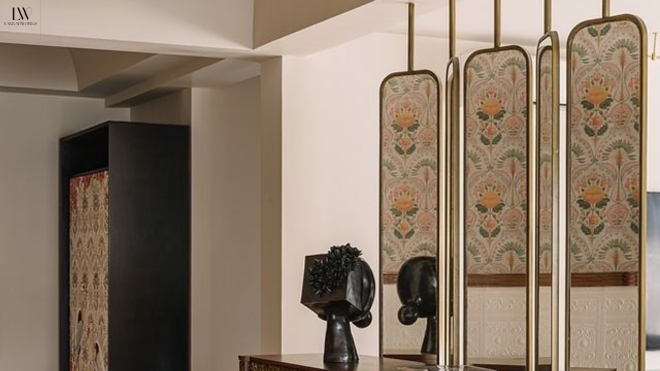
Signature furniture pieces, including heritage items, are integral to luxury Indian interiors. They serve as anchors, creating unique spatial experiences that blend the past with the present.
Signature furniture pieces are custom-designed or limited-edition items that cannot be replicated. The integration of heritage furniture adds historical depth and personal narrative, connecting contemporary living to cultural traditions.
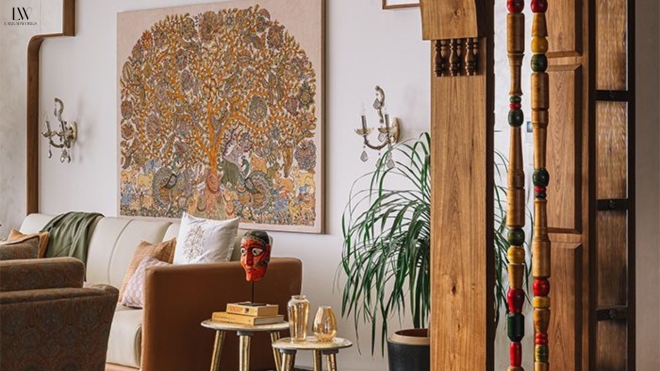
In Indian luxury homes, traditional furniture forms are often reinterpreted through contemporary design approaches, creating pieces that bridge past and present. The commissioning of bespoke furniture allows for perfect proportions, ideal comfort, and material selections that align precisely with the interior concept.
The most successful luxury interiors balance statement furniture pieces with complementary elements, creating compositions where each item has room to breathe while contributing to a cohesive whole.
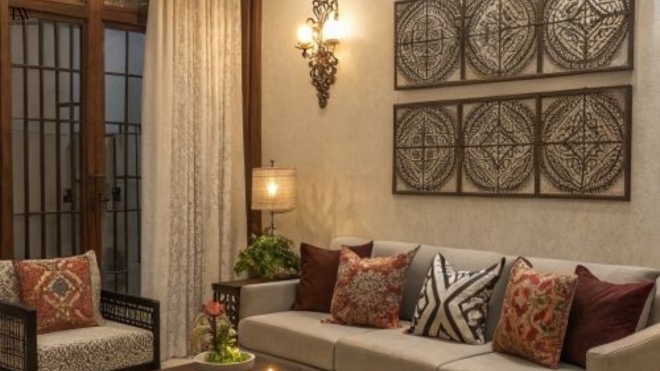
Creating an opulent Indian haven is a journey that combines personal style with cultural heritage. Luxury is hedonistic and springs from creativity, inspiration, and a journey to achieve. It marks the ultimate comfort, the art of pampering yourself, and indulgence.
The journey toward a truly luxurious home involves collaboration with skilled professionals who can translate personal visions into cohesive interiors that balance aesthetics, functionality, and emotional resonance. Successful luxury interiors evolve over time, allowing for the gradual acquisition of significant pieces and the natural development of spaces that tell the story of their inhabitants.
The most satisfying opulent homes balance impressive design with genuine comfort, creating environments that showcase beauty while supporting the practical and emotional needs of daily life. True luxury in Indian interior design is not about following trends but about creating timeless spaces that provide pleasure, comfort, and inspiration for years to come.
By understanding the principles outlined in this guide, you can develop a personal luxury aesthetic that is adapted to your architectural context, budget, and lifestyle requirements. Ultimately, the measure of success in luxury interior design is how perfectly it expresses the unique character and aspirations of those who call it home.
When designing a luxury living room, consider incorporating high-quality materials, such as marble and natural stone, and rich fabrics like silk and velvet. Statement pieces, like dramatic lighting fixtures and curated artwork, can also elevate the space.
To balance opulence and authenticity, blend traditional Indian elements, such as intricate craftsmanship and heritage pieces, with modern luxury materials and design principles. This fusion creates a unique and sophisticated atmosphere.
Luxury Indian interiors often feature rich, regal colors like deep blues, purples, and reds, as well as sophisticated neutrals with opulent accents. These color palettes create a sense of warmth and grandeur.
Statement pieces, such as dramatic lighting fixtures, curated artwork, and signature furniture, serve as focal points in luxury interior design, adding visual interest and personality to a space.
Metallic accents like gold, brass, and silver can be incorporated through various elements, such as lighting fixtures, hardware, and decorative accessories, to add a touch of opulence and sophistication.
Quality materials and craftsmanship are essential in luxury interior design, as they convey a sense of refinement and attention to detail, ultimately enhancing the overall aesthetic and value of a space.
Adding {{itemName}} to cart
Added {{itemName}} to cart